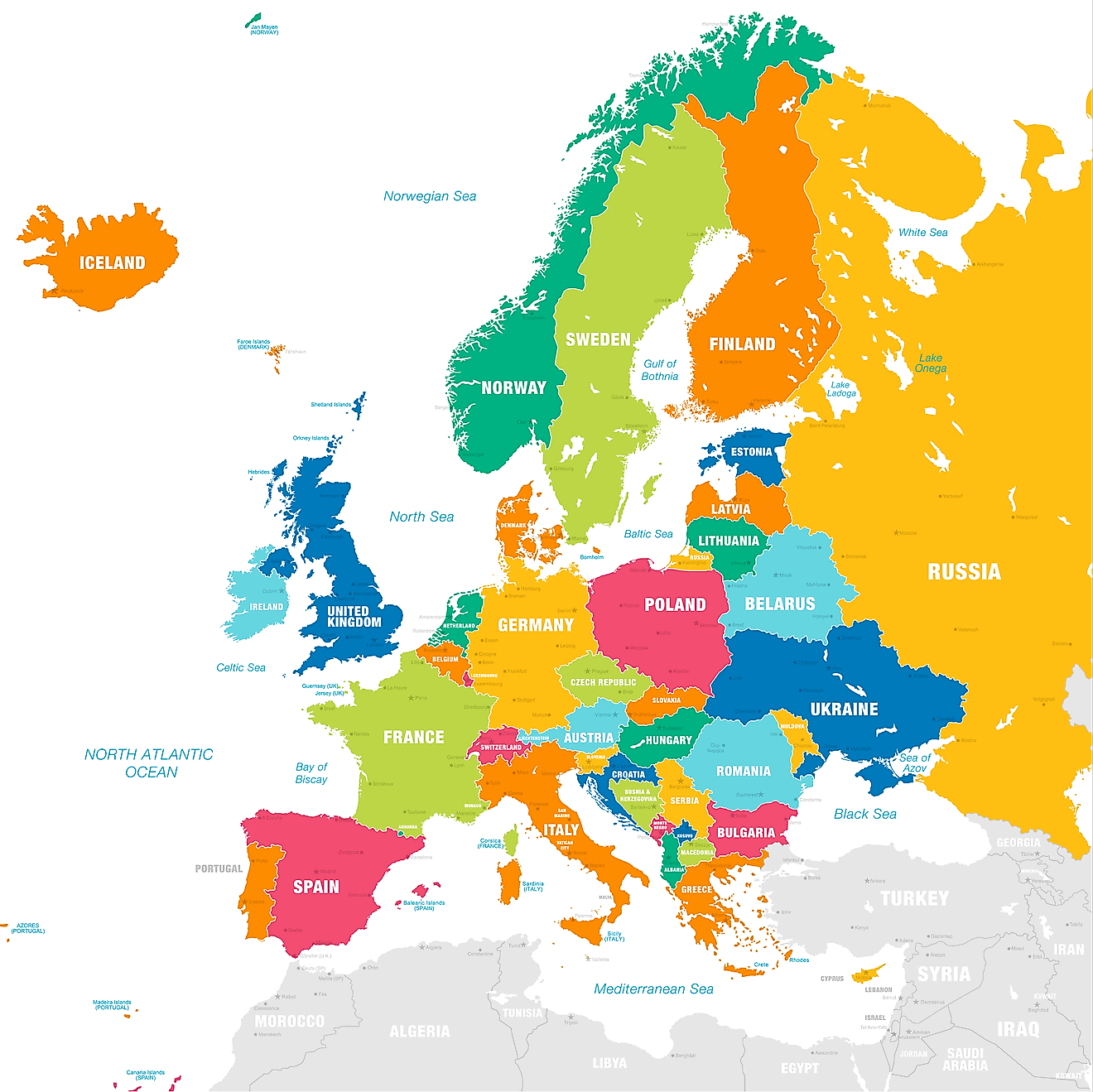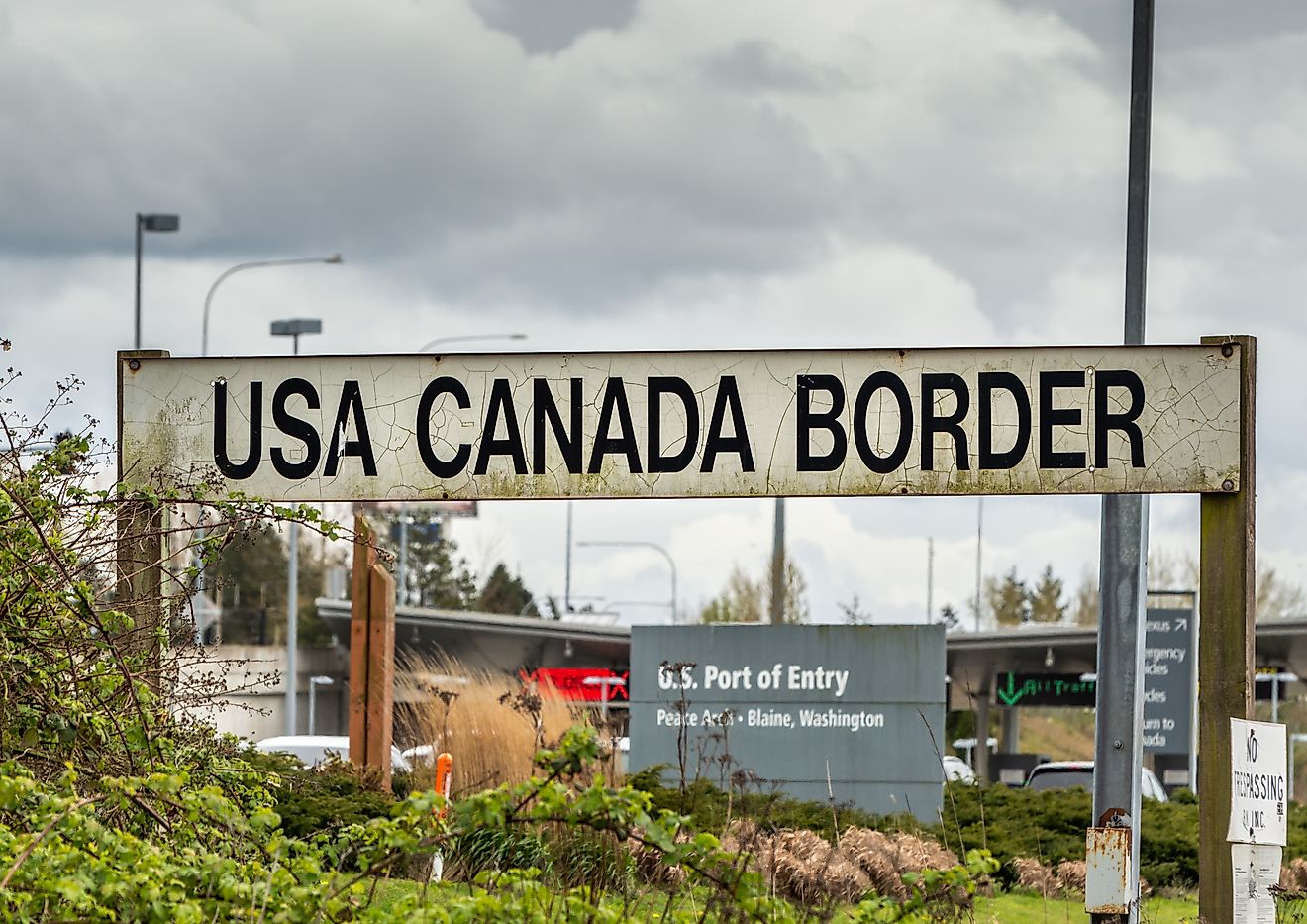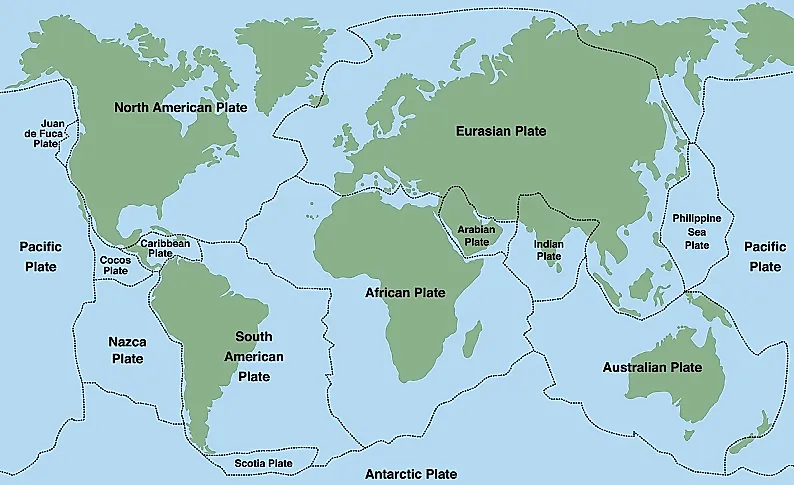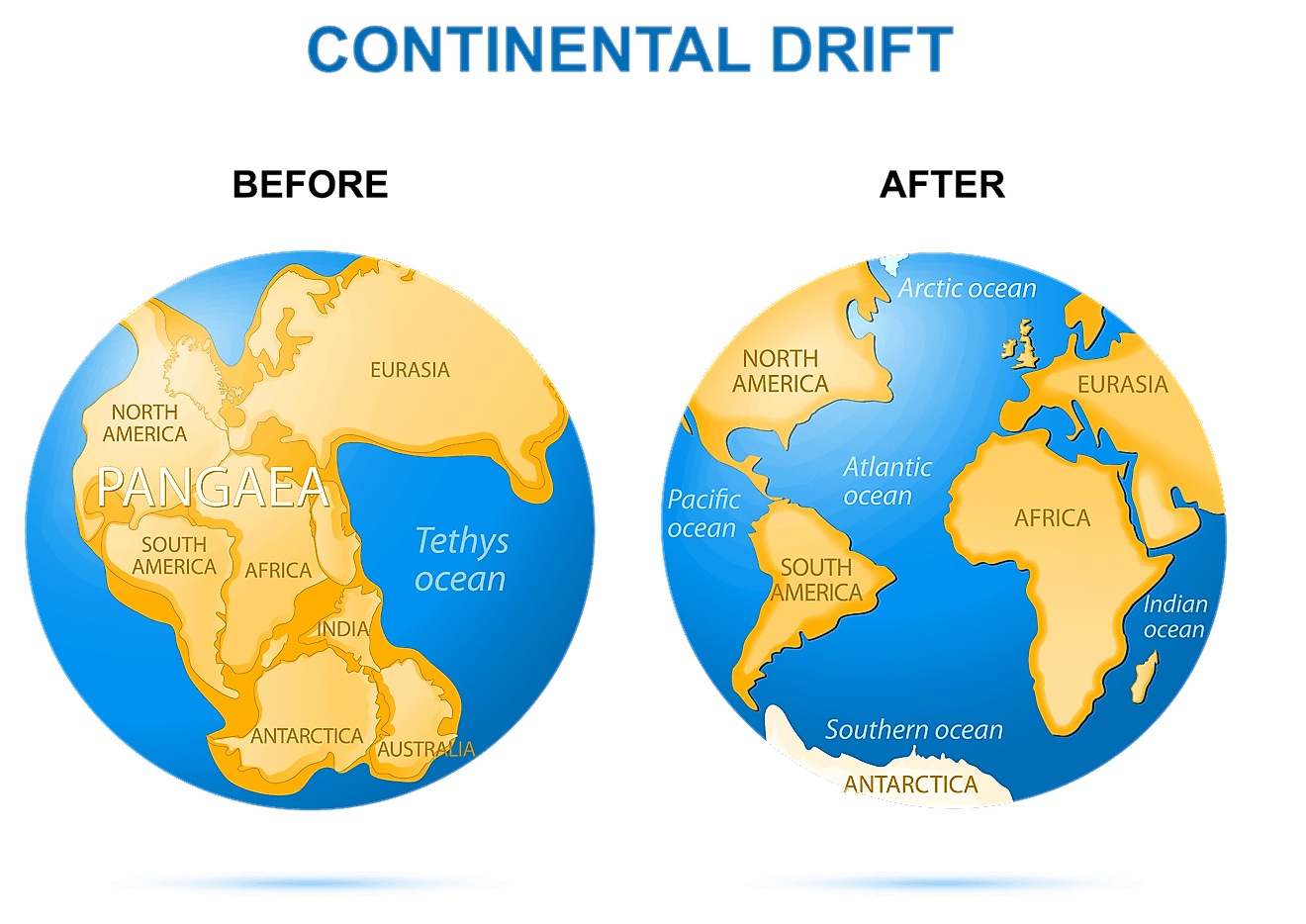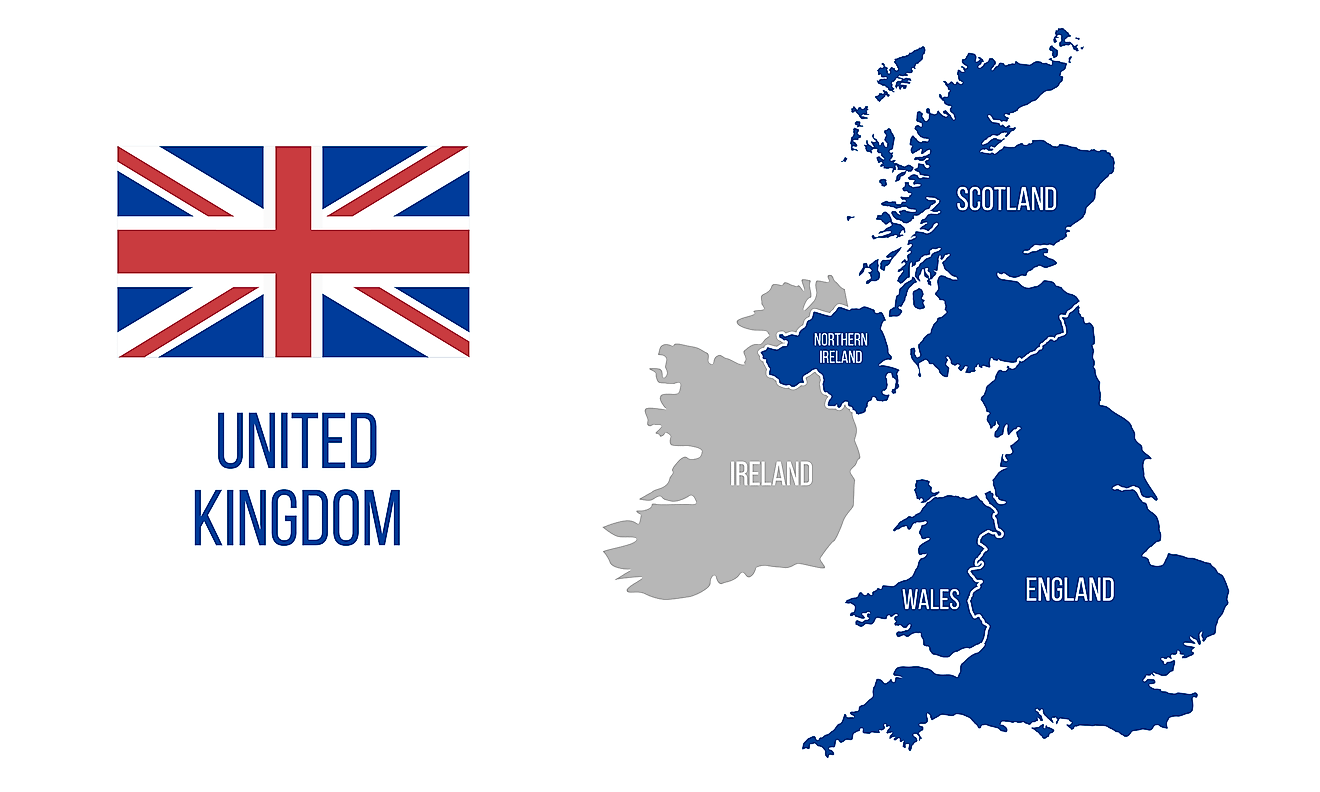
Asia May someday Fuse With The Americas Creating a New Supercontinent
Over hundreds of millions of years, Earth's continents have drifted, merged, and broken apart in a slow dance that continues to shape the planet's surface. According to scientists, one day, a new supercontinent will emerge, fusing Asia and the Americas together to form a colossal landmass known as Amasia. This event will mark the culmination of geological forces that have been at work for eons, dramatically transforming Earth's continents, climate, and appearance.
Plate Tectonics

Plate tectonics, the driving force behind this planetary remodeling, is responsible for the current positions and future destinies of the continents. As the tectonic plates move, continents collide and merge, or rift apart, resulting in the formation of supercontinents like Amasia. This powerful process not only sculpts Earth's landscape but also influences the planet's climate, oceans, and biodiversity.
Two Worlds Collide

The formation of Amasia will begin as the Pacific Plate, a vast oceanic plate stretching from Asia to the Americas, gradually shrinks. As the plate subducts beneath the continents, the Americas and Asia will converge, driven closer by the relentless forces of plate tectonics. Over millions of years, this ongoing convergence will bring the continents together, ultimately fusing them to form Amasia.
As the continents will merge, mountain ranges will emerge, rising majestically from the land. The collision of tectonic plates thrusts immense quantities of rock upwards, forging colossal mountain ranges that dwarf even the Himalayas. These peaks, a testament to the power of Earth's geological forces, will shape the climate and ecosystems of Amasia.
Amasia's Effect on Climate
Amasia's formation is predicted to have profound implications for the planet's climate. The new supercontinent's vast landmass and high mountain ranges will alter global weather patterns, disrupting ocean currents and atmospheric circulation. With the closing of the Pacific Ocean, the Atlantic Ocean will expand, transforming Earth's oceanic circulation and affecting the distribution of heat and nutrients around the globe.This climatic upheaval will lead to the emergence of arid zones within the heart of Amasia.
The colossal landmass will prevent moisture-bearing winds from reaching its interior, resulting in vast expanses of arid and semi-arid regions. Deserts will stretch across the supercontinent, creating inhospitable landscapes where only the most resilient species can survive.Conversely, Amasia's coasts will experience a more temperate climate, where lush forests and expansive grasslands support a diverse array of flora and fauna. These coastal regions will become hotspots for biodiversity, teeming with life as species from Asia and the Americas will intermingle and adapt to their new environment.
Changes to Oceans, Mountains, and Wildlife
The formation of Amasia will also impact Earth's oceans, which will undergo significant changes as the continents merge. The shrinking of the Pacific Ocean and the expansion of the Atlantic Ocean will lead to shifts in ocean currents, altering the distribution of nutrients and affecting marine ecosystems. As a result, new species will evolve, and others will go extinct, reflecting the ever-changing nature of life on Earth.The emergence of Amasia's mountain ranges will also play a crucial role in the development of the supercontinent's unique ecosystems. These towering peaks will act as barriers, isolating populations of plants and animals and promoting speciation.
Over time, new species will evolve to fill the ecological niches created by the diverse landscapes of Amasia.As species from Asia and the Americas will intermingle, they will form novel combinations of ecosystems, driving further evolution and diversification. This intercontinental mixing pot will give rise to an explosion of new species, creating a rich tapestry of life that is unique to Amasia.
Resources and Potential Politics
The geological events leading to Amasia's formation will also have significant consequences for Earth's resources. The collision of tectonic plates will generate intense pressure and heat, forming valuable minerals and deposits. These resources, including precious metals, rare earth elements, and hydrocarbons, will become concentrated within the supercontinent's crust, making Amasia a treasure trove for future generations.Amasia's vast mineral wealth will also have implications for international geopolitics. Assuming humanity never achieves global solidarity, the concentration of valuable resources within the supercontinent could trigger intense competition and conflict among nations as they vie for control over these vital assets. The struggle for access to Amasia's riches may reshape the political landscape, leading to the rise and fall of empires.
Supercontinents Come and Go

The emergence of Amasia will not be not an isolated event; it will be part of a larger cycle of supercontinent formation and breakup throughout Earth's history. The most recent supercontinent, Pangaea, existed around 300 million years ago, and its division played a critical role in shaping the continents we know today. Amasia, in turn, will eventually break apart, giving rise to new continents and oceans as the cycle continues.
Despite the colossal scale and duration of these geological processes, they remain intimately connected to the lives of every organism on Earth. The formation of Amasia will transform the planet's climate, oceans, and ecosystems, reshaping the world in which countless species, including humans, make their homes. In addition to those widespread impacts, the inevitable formation of Amasia also provides a unique opportunity for scientists to study the geological processes that shape our planet. Researchers can glean invaluable insights from this natural laboratory, and those revelations may lead to tools that can predict or prevent devastating natural disasters like volcanoes and earthquakes.




